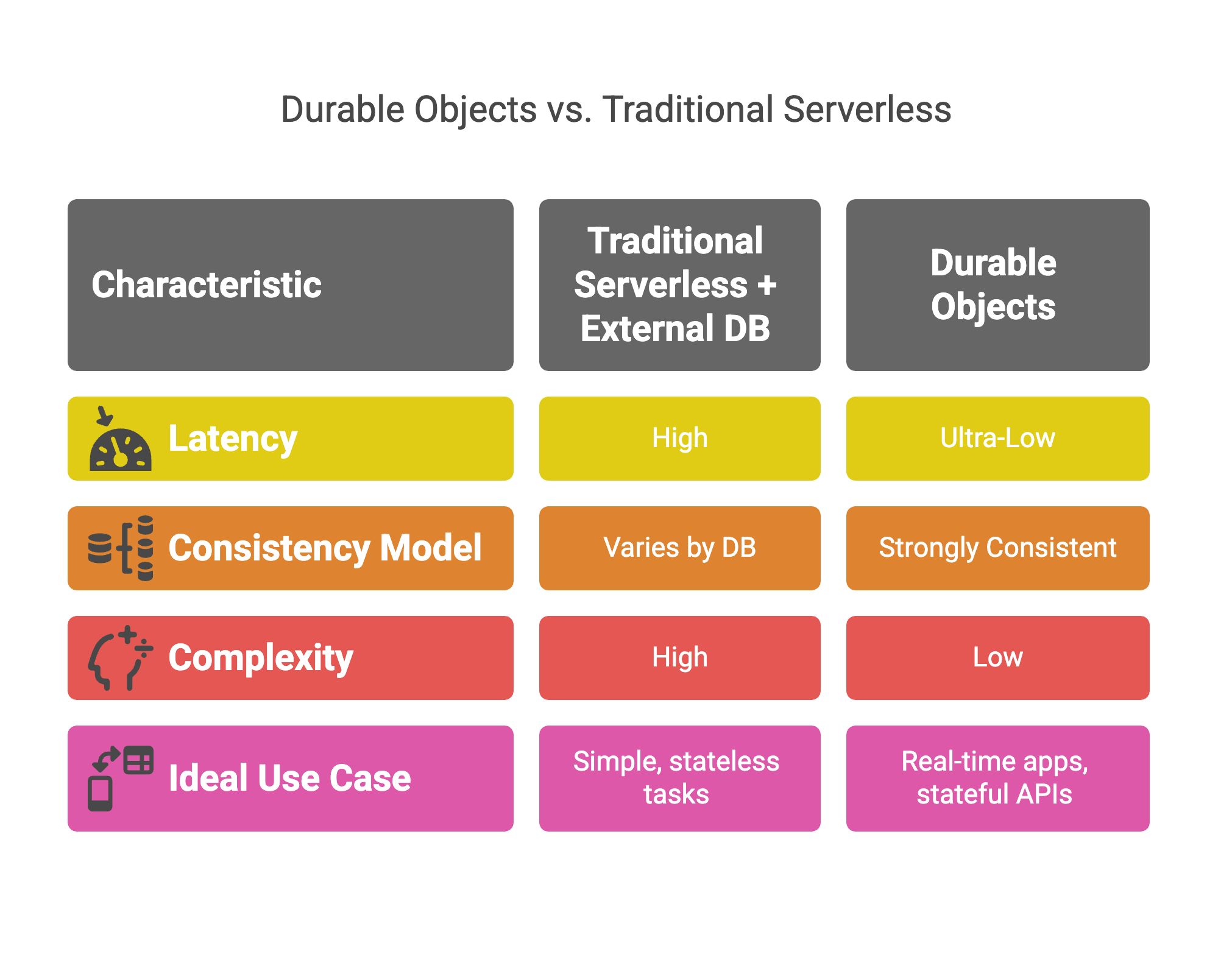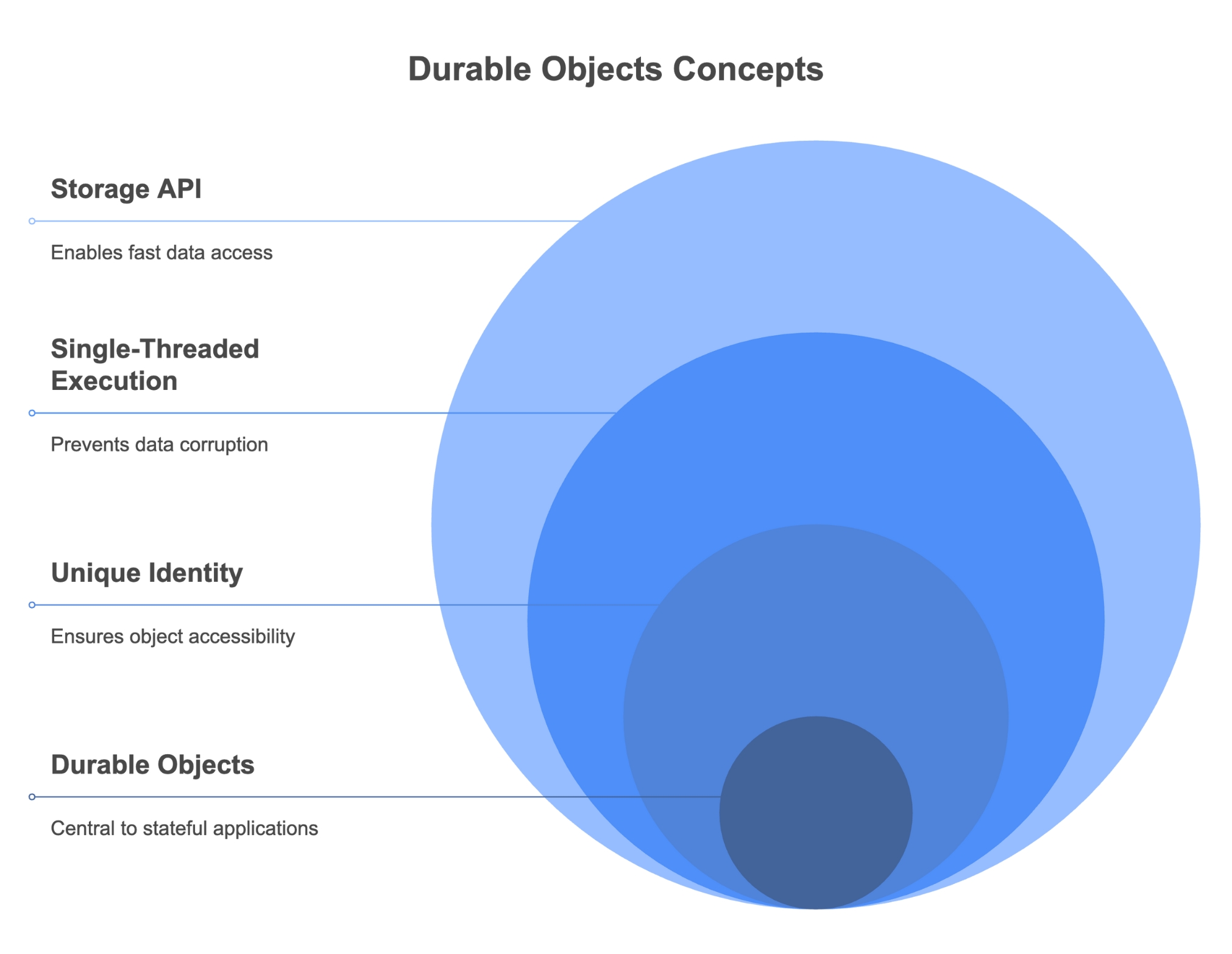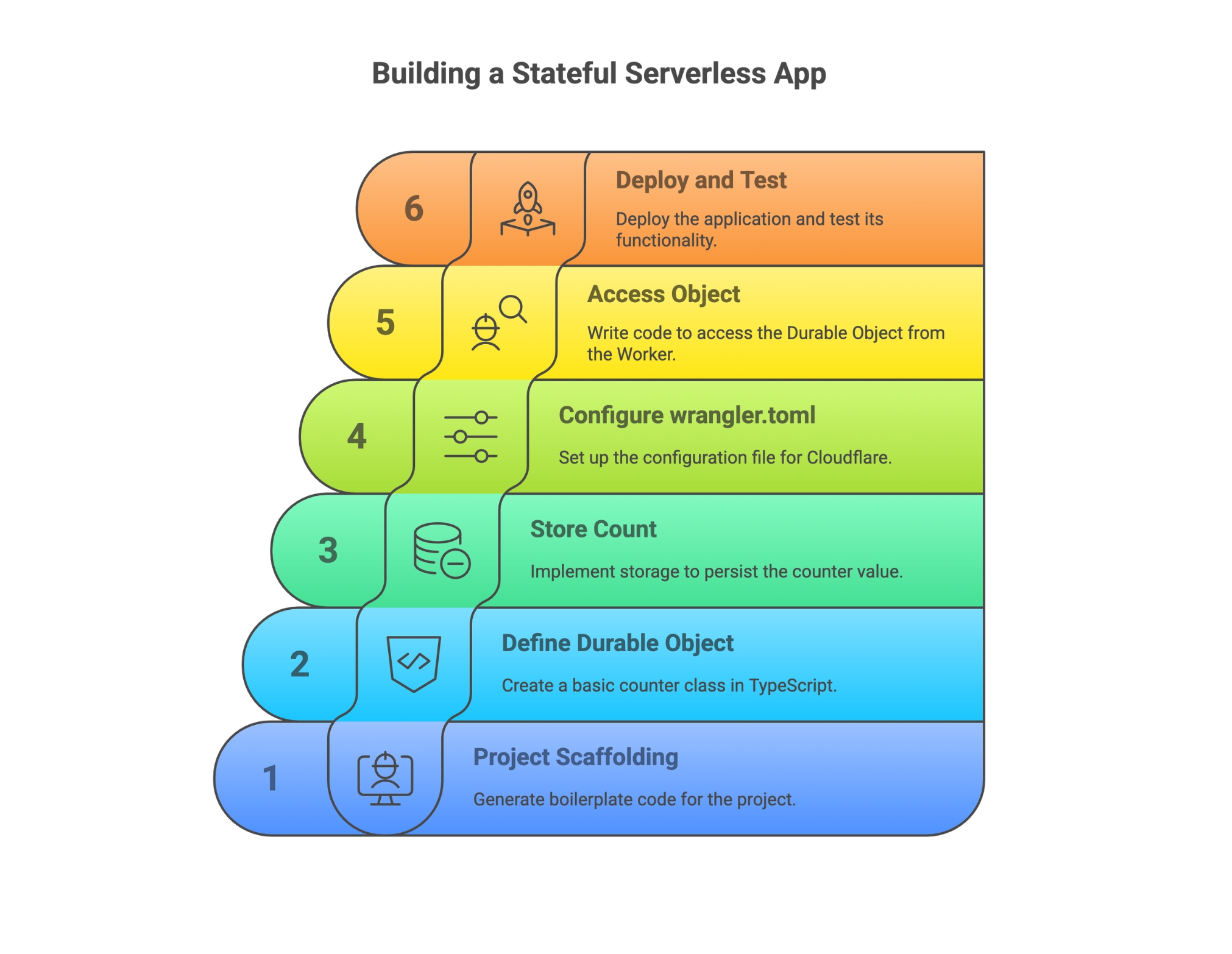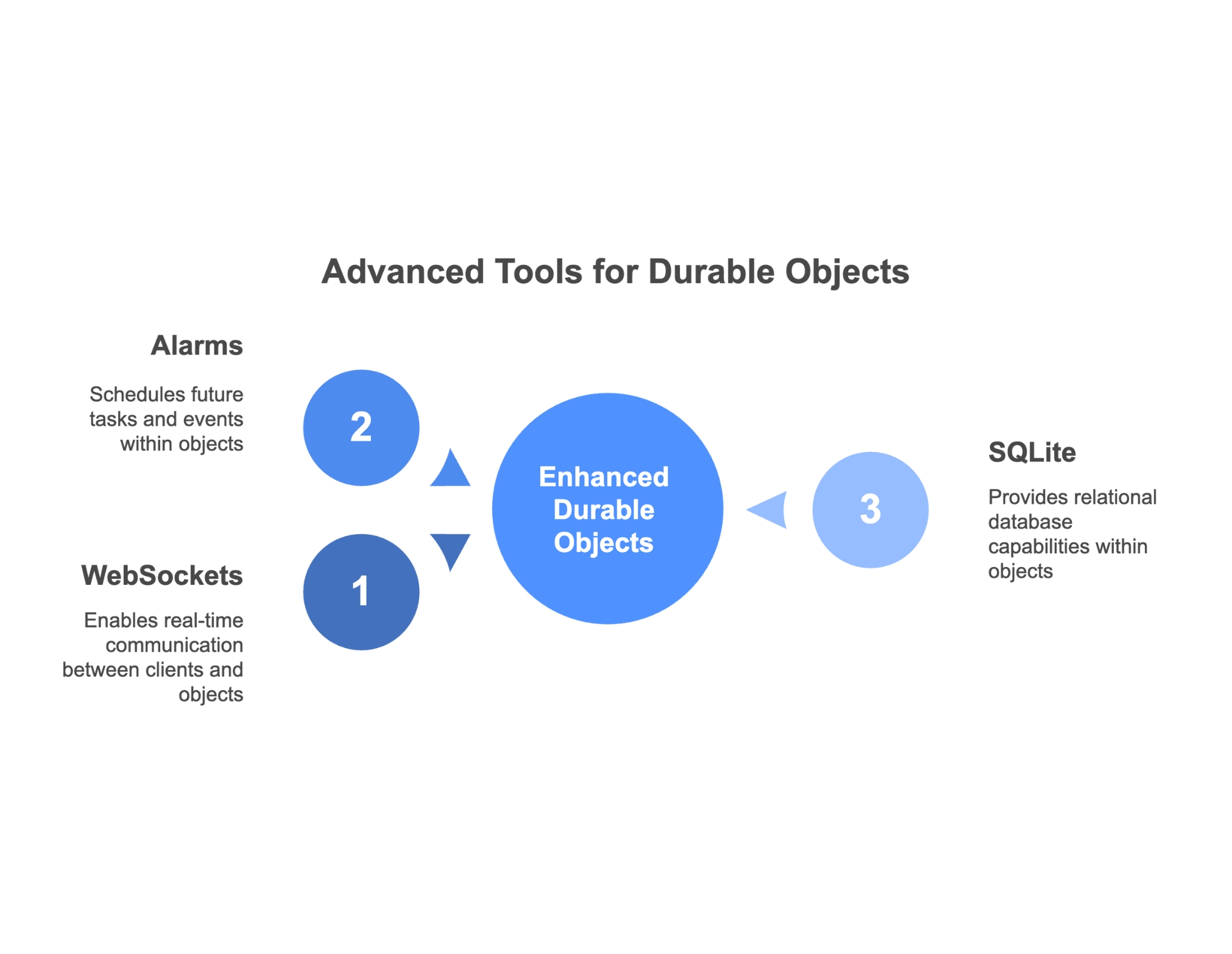Let's be honest. If you've worked with serverless functions, you've felt the magic. You write your code, you deploy it, and it just... scales. No servers to patch, no infrastructure to manage. It's a dream. But then, you hit a wall. A big, stateless wall.

The Stateless Headache
Traditional serverless platforms, like AWS Lambda or even standard Cloudflare Workers, are designed to be stateless. Think of them as having short-term memory loss. They wake up, do a single job, and then forget everything that just happened. This is fantastic for simple, repeatable tasks, but what happens when you need to remember something? What if you need to keep track of items in a shopping cart, count votes in a live poll, or manage the state of a collaborative document?
That's when the headache begins. The typical solution is to reach for an external database. You might set up a Redis cache, a FaunaDB instance, or a traditional SQL server. Suddenly, your beautifully simple serverless architecture isn't so simple anymore. You're now dealing with:
- Increased Latency: Your function, running at the edge near the user, now has to make a round trip to a centralized database, which could be halfway across the world.
- Complex Connections: You have to manage database connections, credentials, and potential connection limits.
- Scaling Pains: You have to worry about scaling your database region-by-region to keep it close to your users, which adds a whole new layer of operational complexity.
It feels like taking one step forward with serverless, and two steps back into the world of complex infrastructure.
A Paradigm Shift: What Are Durable Objects?
This is where Durable Objects change the game. They represent a fundamental shift in how we think about state in a serverless world.
So, what are they? Forget thinking about them as just another function. Think of a Durable Object not as a function, but as a long-lived, stateful instance of an object that lives on the edge. It's like giving your serverless function a perfect, persistent memory.
The genius of Durable Objects is that they combine compute and storage in the exact same place. Each object is a self-contained unit with its own private, built-in storage. When your code needs to read or write state, it's not making a slow network call to a separate database; it's talking to storage that is right there, attached to it.
This brings us to the key promise of Durable Objects: bringing state closer to the user, dramatically reducing latency and complexity. You get the scalability of serverless with the power of statefulness, all without the headache of managing a separate database. It's the missing piece of the puzzle that finally allows us to build truly powerful, real-time, and collaborative applications entirely on the edge.
 ### **A Unique Identity for Every Object**
### **A Unique Identity for Every Object**

